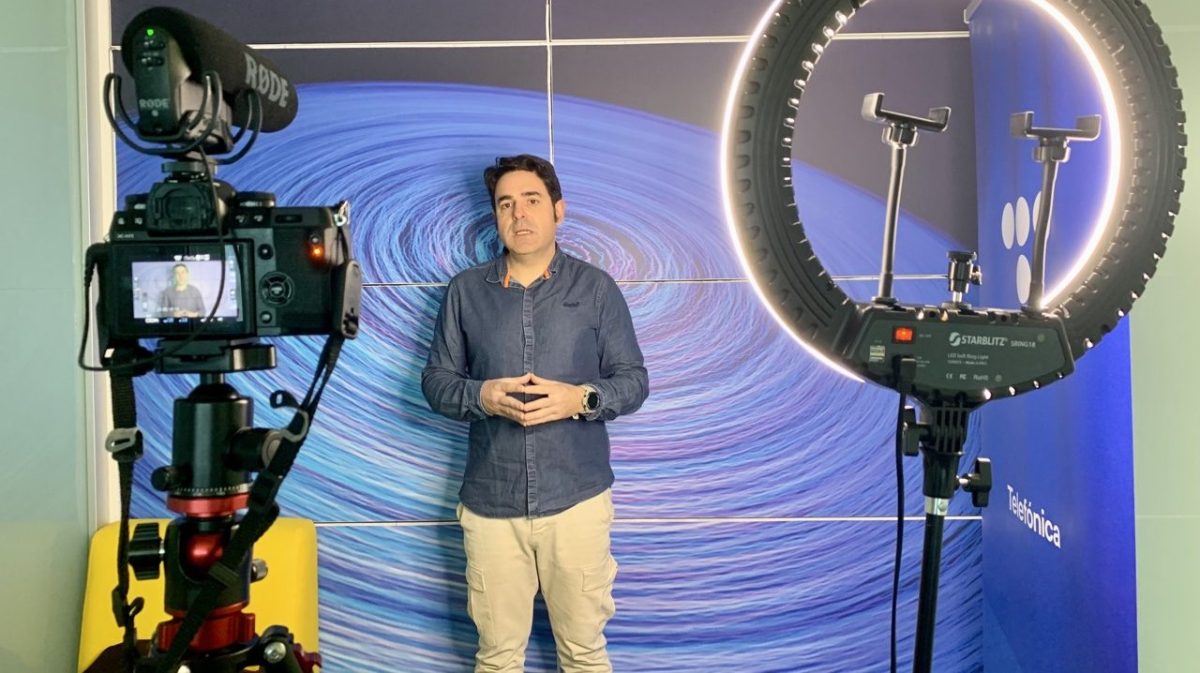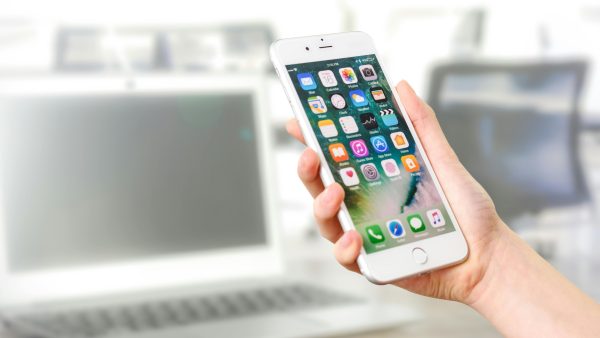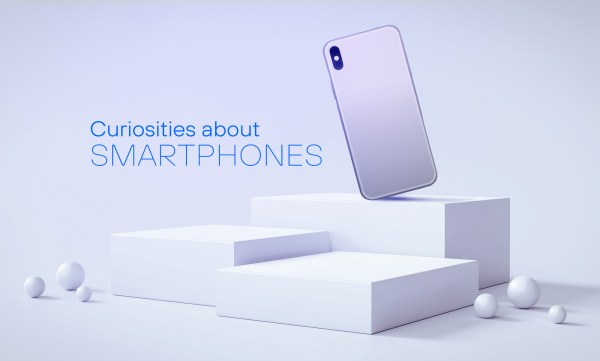From immortalising unforgettable moments to sharing on social media, a well-captured image can communicate what words often fail to do. But have you ever wondered how a simple tap on your phone can elevate the quality of your photos?
Image editing on mobile devices is accessible, yet intuitive. Throughout this article, we will explore together some of the simplest and most effective free tools for photo editing, ideal for those who want to enter the exciting world of image transformation.

The importance of photo editing in the digital age
Editing your photos is not just a matter of aesthetics, but an essential skill in the digital age. A well-edited image can bring out details, enhance colours and generally transform an ordinary photo into a work of art. This is important in social media, where images are the primary means of communication and expression. A well-edited photo can attract more attention, convey messages more effectively and create a lasting impression. In addition, editing your photos allows you to add a personal touch, giving you the opportunity to express your creativity and unique style.

Photo editing basics
Before diving into the editing tools, it is important to understand some basic concepts. Exposure refers to the amount of light in your photo; adjusting it can help brighten dark images or reduce the brightness of overexposed ones. Contrast affects the difference between light and dark areas, adding depth to your image. Saturation modifies the intensity of colours; increasing it will make your photos look more vivid, while decreasing it can give them a more subdued tone.
These are just a few examples of what you can adjust in your photos. At first, experimenting with these adjustments may seem overwhelming, but you’ll soon realise that small changes can make a big difference, transforming an ordinary image into something extraordinary.
Applications
Now, let’s talk about tools. Here are some of the best apps for editing your photos directly from your smartphone:
Snapseed
Snapseed is an app developed by Google. A great tool for those who are new to photo editing. Its user interface is simple but powerful, allowing even beginners to make significant adjustments with ease. A standout feature of Snapseed is its ability to selectively edit areas of a photo. This means you can adjust brightness, contrast or saturation in specific parts of the image, rather than applying the changes to the entire photo.
This feature is especially useful for highlighting key elements or correcting problem areas in your images. In addition, Snapseed offers a variety of filters and effects, from classic black and white to contemporary and artistic styles. It also features advanced tools such as image expansion, which allows you to increase the size of your photos without losing quality, and perspective, which corrects angular distortions. With Snapseed, you have the power of a full photo editing studio in the palm of your hand.
Adobe Lightroom Mobile
Adobe Lightroom Mobile brings the Adobe editing experience to your smartphone. This app is ideal for those looking for finer control over their images, especially in terms of colour and tone. Lightroom Mobile excels at colour management, allowing you to fine-tune aspects such as white balance, colour temperature and tones. This makes it ideal for creating a specific atmosphere or consistent style in your photos.
Another notable feature of Lightroom Mobile is its ability to edit photos in RAW format, which are high quality image files captured by digital cameras. Editing RAW photos gives you much greater control over the final image quality.
In addition, Lightroom Mobile offers organisational tools, allowing you to easily sort and access your photos. Although some of its more advanced features require a subscription, the free version offers enough features to satisfy photo enthusiasts looking to improve their editing skills.
With these two apps, you can transform your photos significantly. However, I recommend that you try different tools and find the one that best suits your style and needs.
Practical tips for beginners
For beginners, here are some practical tips: start with basic adjustments such as brightness, contrast and saturation before moving on to more complex tools. Remember, less is often more; you don’t need to apply every effect available. Experiment with different filters, but try to keep your style consistent so that your photos have a unique identity. Most importantly, have fun and don’t be afraid to experiment. Photo editing is a creative and very personal process, find your identity.
Conclusion
Editing photos on your smartphone is a valuable and accessible skill that can significantly improve your images. With the above tools and tips, you are ready to start your journey in the world of photo editing!








